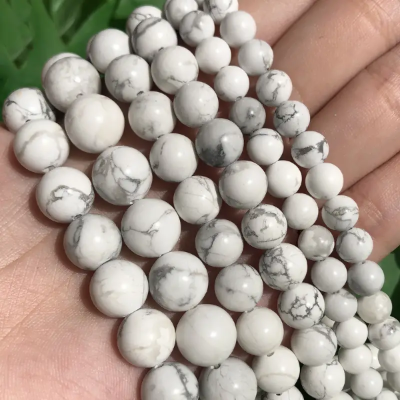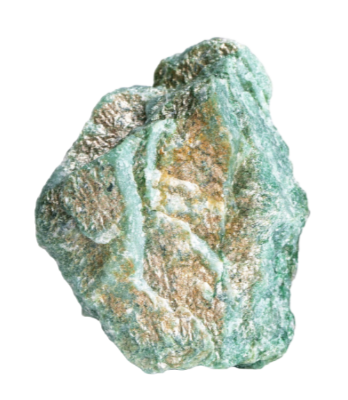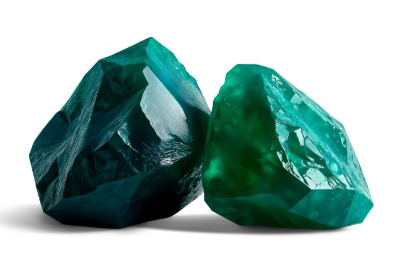
Howlite was discovered near Windsor, Nova Scotia, in 1868 by Henry How (1828–1879), a Canadian chemist, geologist, and mineralogist. How was alerted to the unknown mineral by miners in a gypsum quarry, who found it to be a nuisance. He called the new mineral silico-boro-calcite; it was given the name howlite by the American geologist James Dwight Dana shortly thereafter.

Howlite is commonly used to make decorative objects such as small carvings or jewelry components. Because of its porous texture, howlite can be easily dyed to imitate other minerals, especially turquoise because of the superficial similarity of the veining patterns. Howlite is also sold in its natural state, sometimes under the trade names of “white turquoise” or “white buffalo turquoise,” or the derived name “white buffalo stone” and is used to produce jewelry similar to how turquoise is used. Varieties of the unrelated gemstone turquoise which are white instead of the typical blue or green color have been mined in the US States of Arizona and Nevada, and are also marketed as “white buffalo turquoise”. Most of the white varieties of turquoise are chalk-like with a Mohs hardness of 1, and are not as hard or durable as howlite, and subsequently require stabilization in order to be used in jewelry, which has resulted in howlite being more popular for use in jewelry than the artificially stabilized white forms of the mineral turquoise. [1]
Howlite is always opaque in nodules; it is an abundant material and easy to acquire. Sometimes it contains black, threadlike impurities resembling the veining in turquoise. Howlite is frequently dyed blue to resemble turquoise, and it makes a most convincing simulant. The white material is relatively unexciting in appearance. [3]
In My Shop
Sources
[1] Wikipedia
[2] Photo by Freepik
[3] International Gem Society








